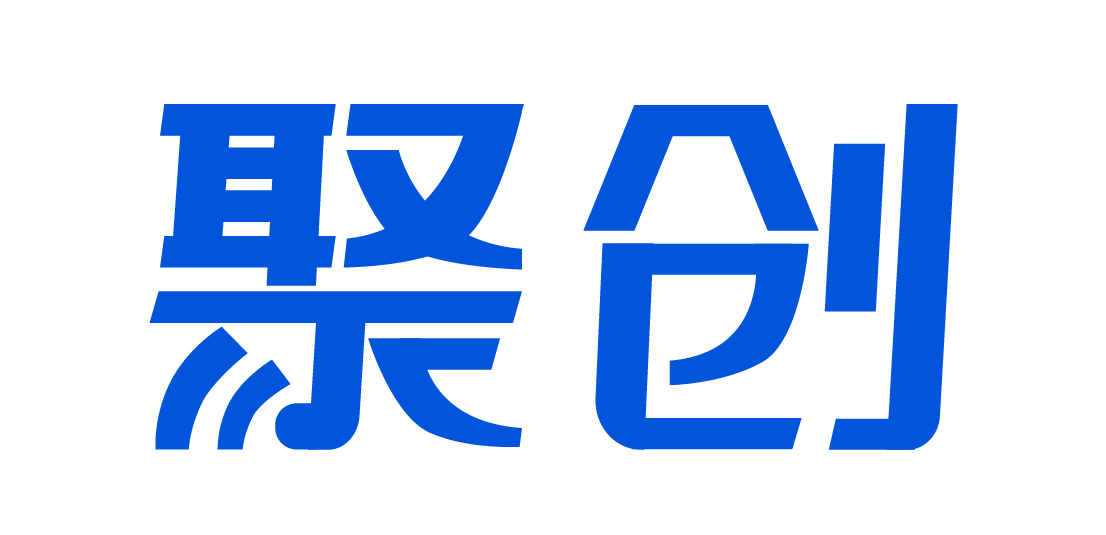作者:聚创考研网-王老师
点击量: 699
发布时间: 2023-07-24 09:11
【微信号:13306030226】

英语阅读能力依靠什么?必然是词汇的积累,但,仅仅是词汇的积累是不够了,更应该了解英语句式,不同句型所表达意义。如何培养自己的阅读语感呢?那么就跟着聚创考研网小编每天学一点英语,一起为考研筑起坚实的地基。阅读是需要积累的,就像我们需要经常和人沟通才会促进我们的表达能力一样~小伙伴跟着小编一起,每天坚持打卡,培养英语阅读能力及语感,了解文章一些经典词汇的用法。
经济学人:打盹可以激发创造力
This is Scientific American's 60-second Science, I'm Christopher Intagliata.Salvador Dali had a peculiar way of refreshing his mind—something he called “slumber with a key.”In his 1948 book 50 Secrets of Magic Craftsmanship, he described how it worked.“You must seat yourself in a bony armchair, preferably of Spanish style,” he wrote.In your left hand, you were to clench a heavy key, suspended above a plate.Then, he continued, “you will have merely to let yourself be progressively invaded by a serene afternoon sleep, like the spiritual drop of anisette of your soul rising in the cube of sugar of your body.”As you drifted off, the key would slip from your fingers and clang on the plate, awakening you.He claimed the brief moment spent between wake and sleep would revive your physical and psychic being.
译文
And he cautioned that “a mere second is infinitely too long.”Now Dali’s mystical-sounding method has been, to some degree, vindicated by science.We show that this period between wake and sleep is actually very inspiring for creativity—and napping with an object in hand might help to tap into this creative sweet spot.Delphine Oudiette is a sleep researcher at the Paris Brain Institute.Since childhood, she’s found it easy to slip into the zone between wake and sleep.I try to sleep with a problem in mind and let the images come to me.And sometimes I have great ideas.But she was curious to find out why—so she and her colleagues asked 103 volunteers to complete a series of math problems.Unbeknownst to the participants, there was a quick shortcut to solve all the problems.(Sixteen of the volunteers figured that out and were excluded from the rest of the study.)The volunteers who didn’t determine the secret were asked to emulate Dali’s method—but pinching a plastic bottle with their fingertips rather than a key.
译文
译文
一些人和达利一样打了个盹,一些人打盹时间更长一些,还有一些人根本没有打盹。在小睡之后,研究人员要求所有志愿者再做数百道这样的数学题。他们发现,与那些完全没有睡觉的志愿者相比,打个盹的志愿者想出解决问题的诀窍的可能性几乎是他们的三倍。这是一个相当重要的成果。我们认为,也许在这个阶段,你处于睡眠和清醒两个世界中最好的状态。所以你失去了对自己思想的控制。所以你可以产生不受束缚的联想-在不同的记忆之间建立遥远的联想-这可能有助于激发创造力。但同时,你要保持一定的意识,这可能会帮助你认识到什么时候你有一个好主意。与那些进入短暂睡眠的参与者和那些保持清醒的参与者相比,那些睡眠时间较长的参与者实际上表现更差。
The results appear in the journal Science Advances.Oudiette says the next step of her work will involve repeating the experiment with other creative tasks, beyond math problems.And, yeah, to know more about the mechanism—and maybe to try to teach people to reach this creative sweet spot.As for Dali? In his book, he describes a variation of his method in which he instructs the reader to, quote, “eat three dozen sea urchins, gathered on one of the last two days that precede the full moon.”He specified that “these sea urchins should be eaten preferably in the spring—May is a good month.”Clearly, the great painter has left scientists with much to investigate.Thanks for listening for Scientific American's 60-second Science. I'm Christopher Intagliata.
译文
这项研究结果发表在《科学进展》期刊上。欧迪特说,她下一步的工作将包括用其他创造性的任务重复这个实验,而非仅仅是数学问题。还有,是的,了解更多关于这个机制的知识--也许可以试着教授人们达到这个创造性的最佳点。达利呢?在他的书中,他描述了自己方法的一种变化,他指示读者,引用他的话,“吃掉三十六个海胆,这些海胆是在满月前的最后两天收集的。”他特别指出,“这些海胆最好在春天吃--五月是个好月份。”显然,这位伟大的画家给科学家留下了很多需要研究的东西。谢谢大家收听科学美国人——60秒科学。我是克里斯托弗·因塔利亚塔。
这里是科学美国人——60秒科学系列,我是克里斯托弗·因塔利亚塔。萨尔瓦多·达利有一种独特的提神醒脑方法--他称之为“钥匙睡眠法”。在他1948年出版的《手艺出神入化的 50 个秘密》一书中,他描述了这一睡眠法是如何工作的。“你必须坐在细窄的扶手椅上,最好是西班牙风格的,”他写道。你的左手要紧握一把悬挂在盘子上方的沉重的钥匙。然后,他继续道,“你只需要让自己逐渐被午后宁静的睡意侵袭,就像你灵魂中的一滴茴香酒,逐渐浸润身体这块放糖。”当你昏昏欲睡的时候,钥匙会从你的指间滑落,哐当一声掉在盘子上,把你吵醒。他声称,在清醒和睡眠之间度过的短暂时刻可以让你的身体和精神都恢复活力。
他还提醒称,“连一秒钟都显得太长了。”现在,达利听起来神秘的方法在某种程度上已经被科学证明是正确的。我们的研究表明,清醒和睡眠之间的这段时间实际上非常激发创造力,手持物体打盹可能有助于挖掘创造性的适宜区。德尔芬·欧迪特是巴黎大脑研究所的睡眠研究员。从孩提时代起,她就发现很容易进入清醒和睡眠之间的区域。我试着带着问题入睡,让图像浮现在我的脑海中。有时候我会有很棒的想法。但她很好奇,想找出其中的原因--所以她和她的同事要求103名志愿者完成一系列的数学问题。参与者不知情,有一条快速解决所有问题的捷径。(16名志愿者解出了数学题,被排除在剩下的研究之外。)不了解秘密的志愿者被要求效仿达利的方法-用指尖捏塑料瓶而不是握住钥匙。
Some took a Dali-style micro nap, some napped longer, and others didn’t nap at all.After the snooze, the researchers asked all the volunteers to do hundreds more of these math problems.And they found that volunteers who took micro naps were nearly three times as likely to figure out the problem-solving trick, compared to those who didn’t nap at all.That’s a pretty massive result.We think, maybe in this phase, you have the best of the two worlds: sleep and wake.So you lose control of your thoughts.So you can have loose associations—make distant associations between different memories—and that could be helpful for creativity.But at the same time, you keep some awareness that might help you to recognize when you have a great idea.Those who slept for longer periods actually did worse than both those who briefly slept and those who stayed awake.
以上是聚创考研网为考生整理的"2024考研英语:《经济学人》中英读译Day140"的相关考研信息,希望对大家考研备考有所帮助! 备考过程中如有疑问,也可以添加老师微信juchuang911进行咨询。
免责声明:本网站发表的部分公开资料来源于互联网,目的在于传递更多信息及用于网络分享,并不代表本站赞同其观点和对其真实性负责。聚创考研网尊重版权,如有侵权问题,请及时联系(WX:juchuang911)









